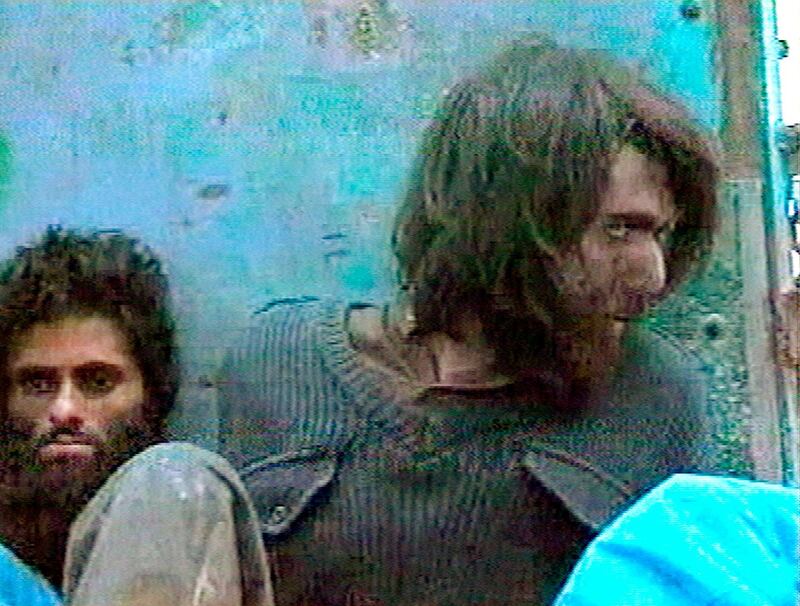US-born John Walker Lindh was just 20 years old when he was captured on the battlefields of Afghanistan in 2001, earning him the nickname American Taliban. The images of the bearded, dishevelled terrorist recruit shocked the world in the aftermath of the 9/11 attacks, which shook America to its core. Yet in May, his 20-year sentence for conspiracy to murder US nationals was cut short and he was released on probation after serving 17 years. His release from federal prison has sparked deep concern and raises the spectre of a problem governments and authorities worldwide are wrestling with: how to deal with terrorist sympathisers and recruits to foreign wars, particularly those who have shown little remorse for their actions? While they cannot be held indefinitely, there is a risk of former detainees reoffending or returning to their previous activities on leaving prison. There are fears Walker Lindh still poses a security threat. As recently as 2017, according to US intelligence, he "continued to advocate for global jihad and to write and translate violent extremist texts". In prison, the only apparent change in his behaviour was switching allegiance from Al Qaeda to ISIS.
His case is demonstrative of a wider global issue. From the US and Europe to Iraq and Afghanistan, governments are still determining how best to deal with terrorist fighters. Even those who have been convicted can still pose a threat. Prisons can be breeding grounds for jailed extremists to recruit and brainwash other inmates. Walker Lindh has a three-year ban on using the internet without permission and will be monitored. Yet ensuring he meets these conditions will be near-impossible without round-the-clock surveillance and anyone determined enough can easily find ways to evade detection. Part of the solution lies in deradicalisation programmes, both inside prison and continuing after release, and for prison officials to keep a close watch on recruitment cells behind bars, isolating those preying on impressionable minds. The US has no official programme to deal with terrorists on release from prison but instigating one would certainly help ensure they stand a chance to become useful members of society. There could also be greater efforts made to nip radicalisation in the bud. The Euro Fatwa App, for example, has been targeted the young and vulnerable to promote its extremist ideology. Creating apps to counter the impact of such tools and talk to teenagers in a language they understand is one way to fight extremism on the digital front. The war against terrorism is constantly changing and it requires vigilance to stay one step ahead of those who would seek to pervert young minds. To fight their ideology, we must promote an alternate dialogue of tolerance and acceptance.
In Syria, there is a mounting crisis where hundreds of foreign fighters are being held indefinitely, as their native countries have absolved themselves of responsibility and in some cases, taken away their passports. Governments must take responsibility for their citizens’ actions at home and abroad, and co-ordinate to bring them to justice. They need to come up with a solution to ensure more recruits do not join their number, and soon. Walker Lindh is the 476th US terrorism convict to be released. Proper rehabilitation would ensure he, and others like him, are never a security threat to their fellow citizens again.





